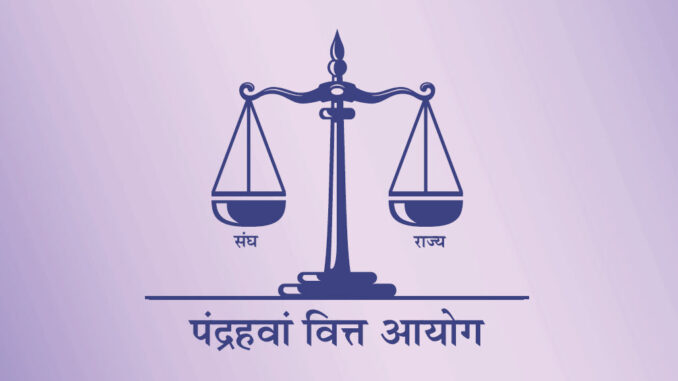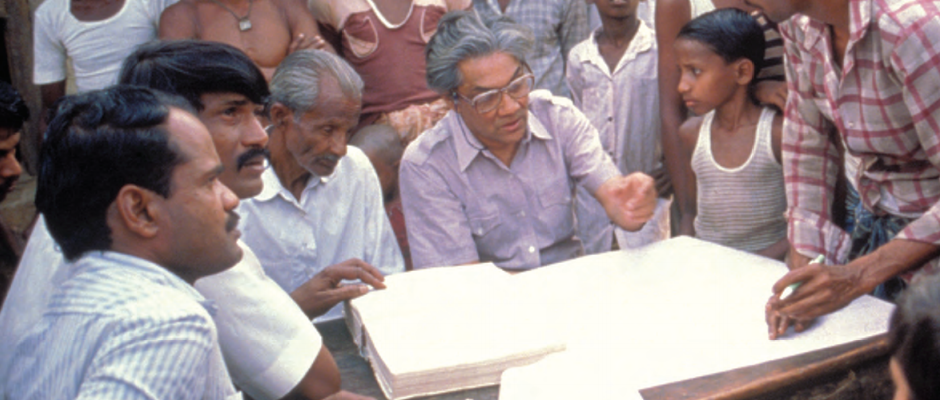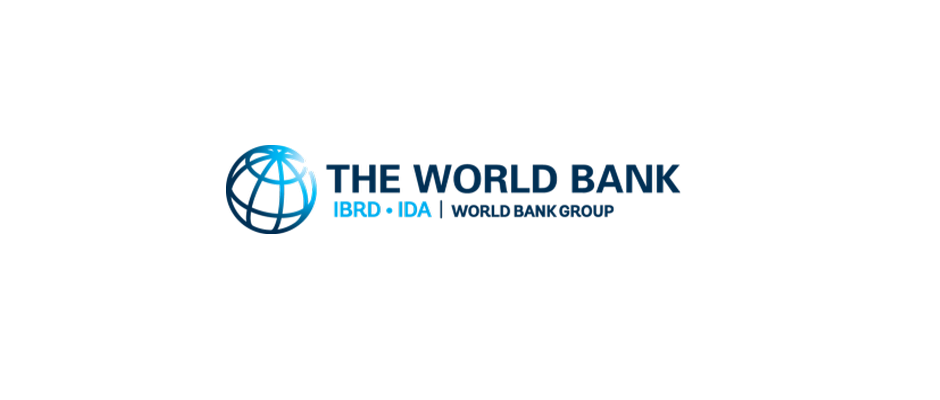
An important institutional feature of India’s system of intergovernmental fiscal relations is the role of Finance Commission. As per the Constitution, a Finance Commission is constituted by the President every five years to guide the financial relations between the central government of India and the individual state governments.
In February 2021, the Fifteenth Finance Commission’s released the report covering its recommendations for intergovernmental fiscal relations for the period 2021/22 to 2025/26. This report outlines some crucial recommendations for state governments, covering the sharing of tax revenues between the Union and State governments; grants from the Centre; and guidelines for borrowing that States are permitted to incur over the medium-term.
In total, the Fifteenth Finance Commission’s report has 117 core recommendations, along with numerous suggested reforms for the Union ministries and State governments, respectively. Key recommendations of the Commission include:
Vertical devolution
In order to maintain predictability and stability of resources, especially during the pandemic, the Fifteenth Finance Commission has recommended maintaining the vertical devolution at 41 per cent – the same as for 2020-21. It is at the same level of 42 per cent of the divisible pool as recommended by the Fourteenth Finance Commission. However, it has made an adjustment of about 1 per cent due to the changed status of the erstwhile State of Jammu and Kashmir into the new Union Territories of Ladakh and Jammu and Kashmir.
In the Commission’s assessment, gross tax revenues for 5-year period is expected to be 135.2 trillion rupees (i.e., 135.2 lakh crore). Out of that, the Divisible pool (after deducting cesses and surcharges, as well as the cost of collection) is estimated to be 103 trillion rupees. The state governments’ share at 41 per cent of divisible pool comes to 42.2 trillion for the 2021-26 period.
Including total grants of Rs. 10.33 trillion and tax devolution of Rs. 42.2 trillion, aggregate transfers to States is estimated to remain at around 50.9 per cent of the divisible pool during 2021-26 period.
Total transfers under the Commission’s purview (devolved revenues and grants) constitute about 34 per cent of estimated Gross Revenue Receipts of the Union leaving adequate fiscal space for the Union to meet its resource requirements and spending obligations on national development priorities.
Horizontal distribution
Based on principles of need, equity and performance, the overall devolution formula is as follows: Population (15 percent); Area (15 percent); Forest and ecology (10 percent); Income distance (45 percent); Tax & fiscal efforts (2.5 percent); and Demographic performance (12.5 percent).
On horizontal distribution, while the Commission agreed that the Census 2011 population data better represents the present need of States, to be fair to, as well as reward, the States which have done better on the demographic front, the Commission has assigned a 12.5 per cent weight to the demographic performance criterion. The Commission has further re-introduced a tax effort criterion to reward fiscal performance.
Revenue deficit grants
Based on uniform norms of assessing revenues and expenditure of the States and the Union, the Commission has recommended total revenue deficit grants (RDG) of Rs 2.9 trillion over the award period for seventeen States.
Local Governments
The total size of the grant to local governments should be Rs. 4.4 trillion for the period 2021-26. Of these total grants, Rs. 8.0 billion is performance-based grants for incubation of new cities and Rs. 4.5 billion is for shared municipal services. A sum of Rs. 2.4 trillion is earmarked for rural local bodies, Rs.1.2 trillion for urban local bodies and Rs. 700 billion for health grants through local governments.
Urban local bodies have been categorised into two groups, based on population, and different norms have been used for flow of grants to each, based on their specific needs and aspirations. Basic grants are proposed only for cities/towns having a population of less than a million. For Million-Plus cities, 100 per cent of the grants are performance-linked through the Million-Plus Cities Challenge Fund (MCF).
Health
The Commission has recommended that health spending by States should be increased to more than 8 per cent of their budget by 2022. Given the inter-State disparity in the availability of medical doctors, it is essential to constitute an All India Medical and Health Service as is envisaged under Section 2A of the All-India Services Act, 1951.
The total grants-in-aid support to the health sector over the award period works out to Rs. 1.1 trillion, which is 10.3 per cent of the total grants-in-aid recommended by the Commission. The grants for the health sector will be unconditional.
The Commission has recommended health grants aggregating to Rs. 700 billion for urban health and wellness centres (HWCs), building-less sub centres, PHCs, CHCs, block level public health units, support for diagnostic infrastructure for the primary healthcare activities and conversion of rural sub centres and PHCs to HWCs. These grants will be released to the local governments.
Performance incentives and other sectoral grants
In addition to the grants-in-aid earmarked for health purposes, the Commission has recommended grants of Rs. 4.8 billion (Rs. 1.2 billion each year) from 2022-23 to 2025-26 for incentivising the States to enhance educational outcomes.
The Commission has further recommended that Rs. 450 billion be kept as performance-based incentive for all the States for carrying out agricultural reforms, including for amending their land-related laws on the lines of NITI Aayog’s model law; incentive-based grants to States that maintain and augment groundwater stock; growth in agricultural exports; as well as for production of oilseeds, pulses and wood and wood-based products.
A detailed summary of the Commission’s report is provided by the Government of India’s Press Information Bureau.
The complete report and related analysis are available from Finance Commission website.





